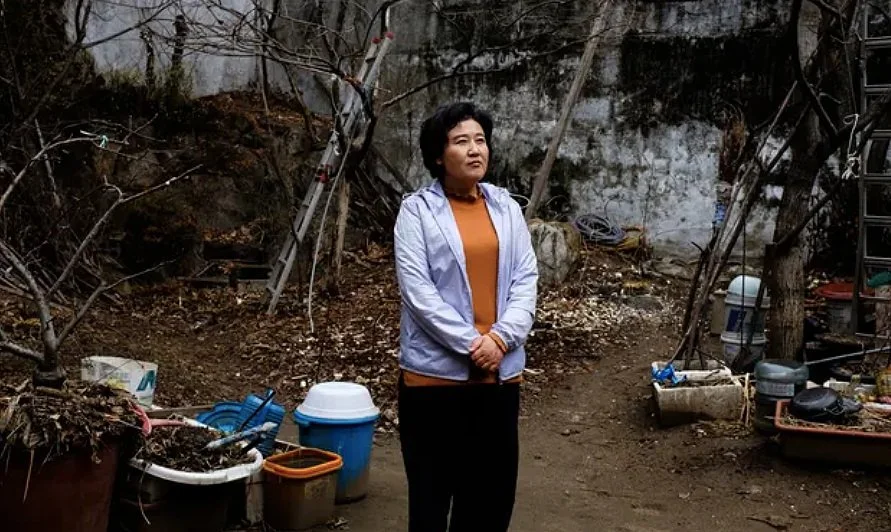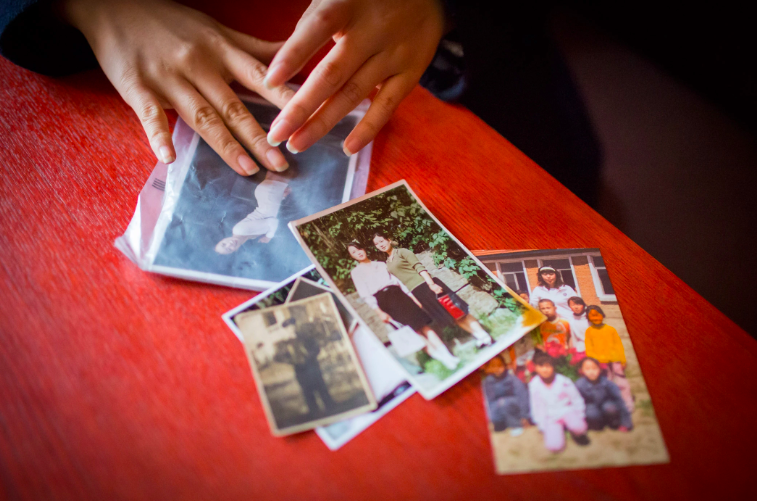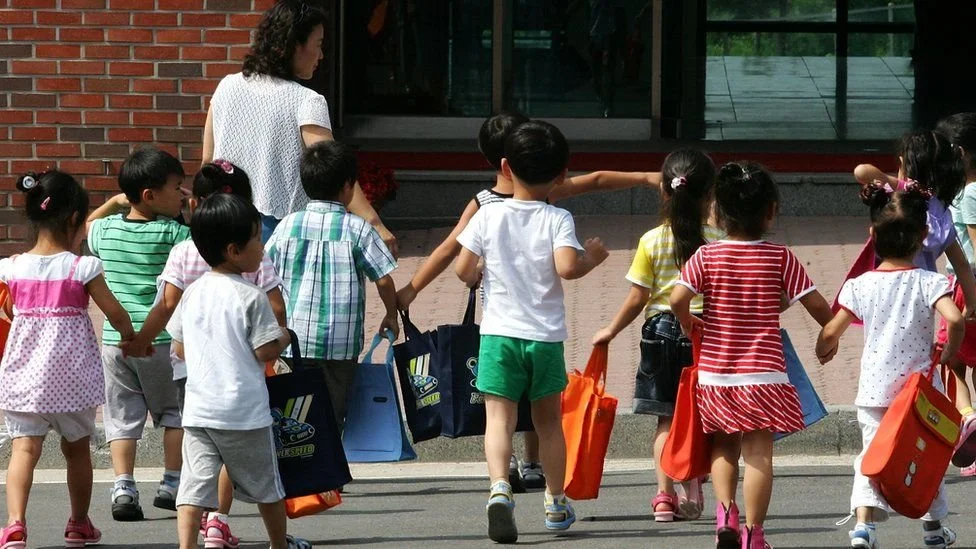Challenges faced by North Korean escapees after fleeing their home
By the HanVoice Education Committee
August 24, 2022
Image by Getty Images
The United Nations defines refugees as “people who have fled war, violence, conflict or persecution and have crossed an international border to find safety in another country.”
But what happens after refugees find a safe haven in another place?
Those who flee North Korea are often referred to as “escapees” or “defectors.” There is a lot of focus given to escapees who successfully leave their country, but little attention is given to their continued plight once they reach their new home countries. The escape is just the beginning of a North Korean escapee’s journey into a new life, one that can be extremely stressful and isolating.
Unfortunately, there is little information on the communities of North Koreans that leave the country. Interestingly enough, many North Koreans are now using South Korea as a transition point in broader global migration, but this blog will center on those who not only stop in South Korea but stay there.
Once an escapee is successful in leaving the country, this does not mean life becomes simple or easy. The vast majority of North Koreans settle in South Korea. The culture is similar, many may have relatives in South Korea, and the assumption is that assimilation is simple. However, the reality is that North Korean escapees have, on average, a significantly lower monthly salary than their South Korean counterparts and many live in poverty and suffer from mental health challenges stemming from their difficult journey.
In addition, what is often lacking is a sense of community, especially for those who resided in rural areas in the North who must then adjust to life in a massive and busy city like Seoul. Once settling in the South, escapees first reside in a resettlement centre where they learn about regular life in South Korea. At the resettlement centre, residents are slowly integrated and acclimated to their new life in South Korea with a special focus on emotional stability and an emphasis on how to succeed in their new home. The escapees are aptitude tested and receive counselling if needed.
Image by Benjamin Haas, The Guardian
In the early to mid-1990s, many escapees began to resettle in the South. These escapees were largely female, of a lower socioeconomic status, and people who were hard hit by the famine. Studies have shown that escapees who arrived after 1994 tend to exhibit lower income levels, higher unemployment, and less satisfaction with life in the South.
While culturally the societies are very similar, life is extremely different in South Korea. In the North, the regime decides what you do and you have very little control, whereas in the South, the onus is on the individual to create their own success and take responsibility. The difference in freedom can be extremely overwhelming, especially for escapees who have never experienced life in such a way.
Additionally, the financial difficulties escapees are confronted with in the South can lead to nostalgia for the country they left behind. According to the Ministry of Unification, as of December 2019, a total of 33,523 North Korean escapees entered South Korea. While the majority end up staying in the South, there is a small percentage of North Koreans that return back home. This provides evidence that crossing the border is just the beginning of their journey and clearly adjusting to this new life can be extremely difficult.
Case in point, Kim Ji-young, arrived in South Korea at the age of 31 with initial thoughts of joy that dissipated quickly with a difficult adjustment period. Each day brought new challenges for Ms. Kim and her family, as they knew no one in the South. She found there were many cultural differences and they had to start all over again. Additionally, differences in South Korea’s education system made it difficult to find work. Ms. Kim had not heard of a part-time job before and many North Koreans never had to find a job on their own. Therefore, the process of interviewing was new and quite difficult. She points out that many young North Korean women work as servers in restaurants and eventually transition to kitchen assistants as they age. Meanwhile, men usually work in construction or have jobs packing online shopping orders.
Image by Caitlin O'Hara
The South Korean government does provide settlement assistance to each household which offers temporary support while the escapees adjust to their new life. North Korean escapees receive basic settlement benefits including KRW 8 million (approximately $6500.00 USD) for a single-person household. Additional benefits include funds for disabled people, people in long-term medical treatment, and children of single parents. Escapees are also offered assistance with housing including arranging rental apartments and small subsidies. There are also financial incentives for escapees including vocational training and certifications.
Providing a sense of community is just as important as providing funding.
Because of the incentives and programs provided by South Korea, the impression of many people is that once an escapee successfully leaves North Korea, the battle for a normal life is over. That is simply not the case. Perhaps greater importance should be placed on the escapees’ mental health and well-being. Perhaps connecting socially and providing a sense of community is just as important as providing funding.
This is not to minimize the assistance being provided to the North Korean escapees who safely reach the South. It is simply emphasizing the struggle faced by escapees once they arrive. They have a long road ahead of them to adjust and begin to live a normal life once in the South. One that may be quite difficult to accept and navigate, and ultimately one that requires strength and resilience to succeed in their new life.
Image by Getty Images
HanVoice is providing another pathway to resettlement for North Korean refugees.
HanVoice is providing another pathway to resettlement for North Korean refugees. Our private sponsorship program will resettle five North Korean women and their families in Canada. Working with the Canadian government and field partners in Southeast Asian transit countries, our historic program will provide an alternative to government-sponsored resettlement. To learn more about our program or donate, please visit hanvoice.ca.




